

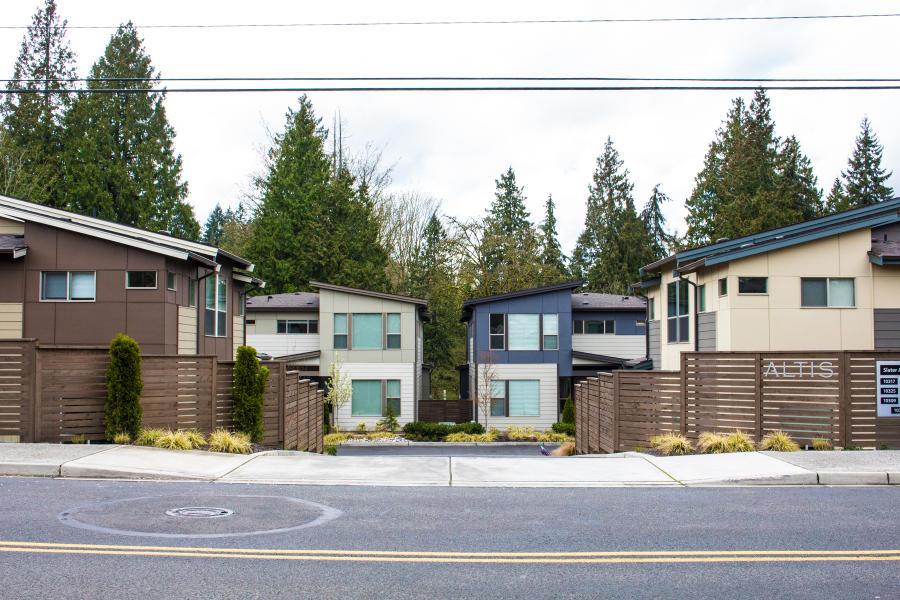

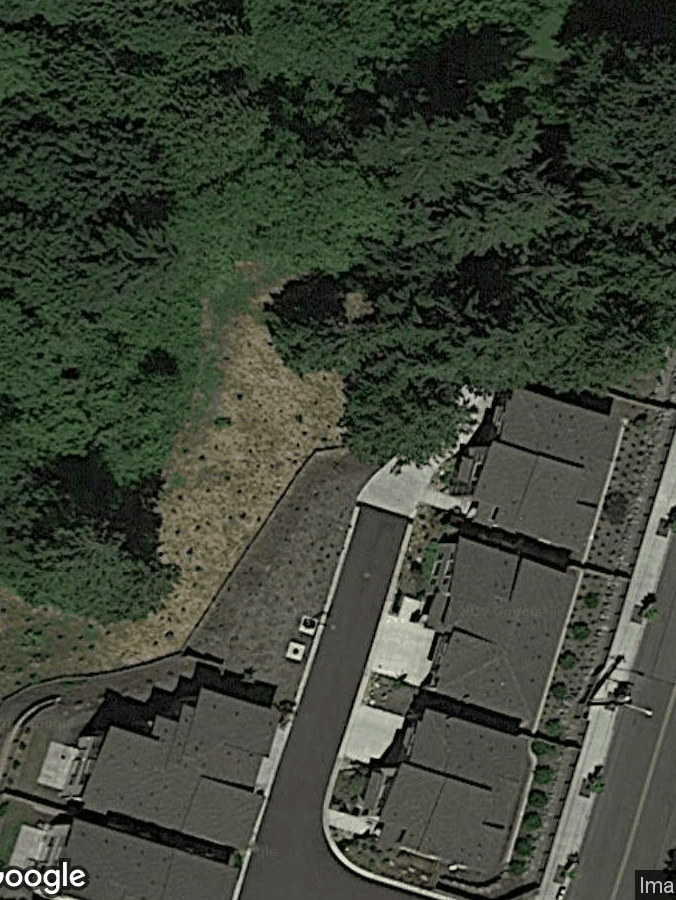




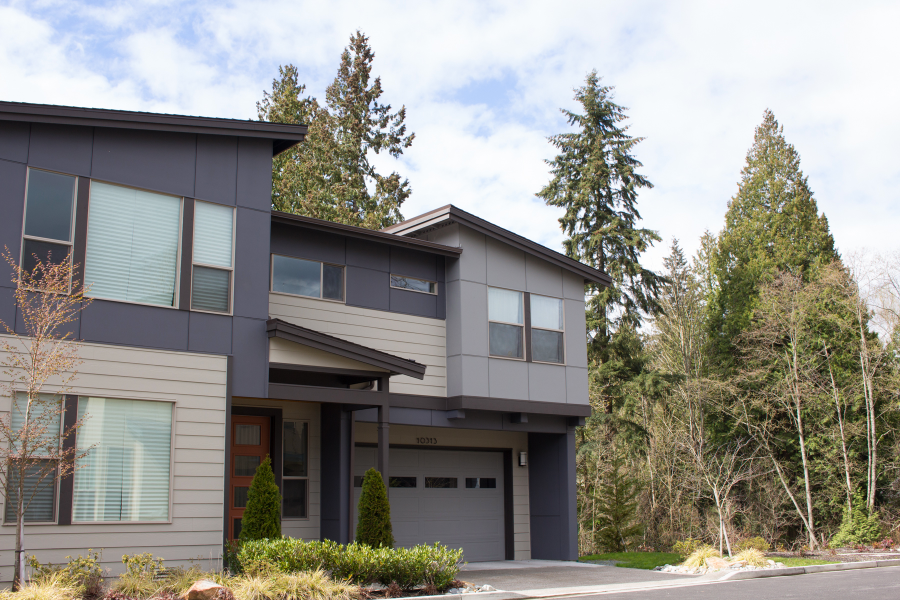
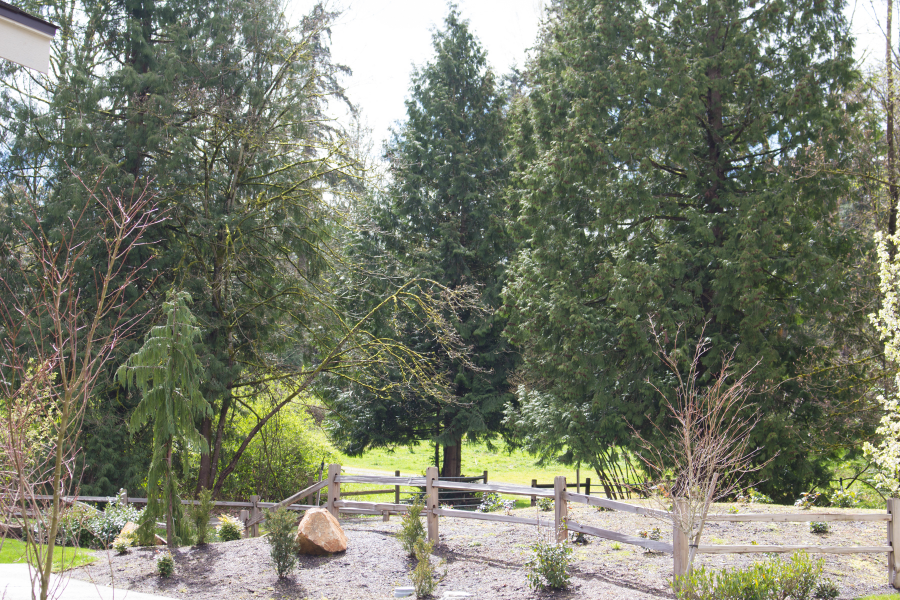
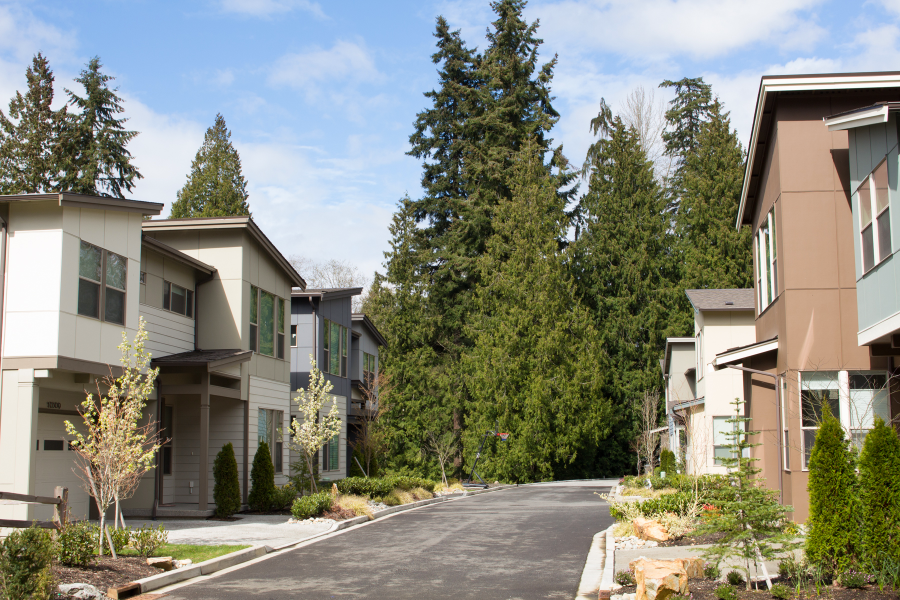
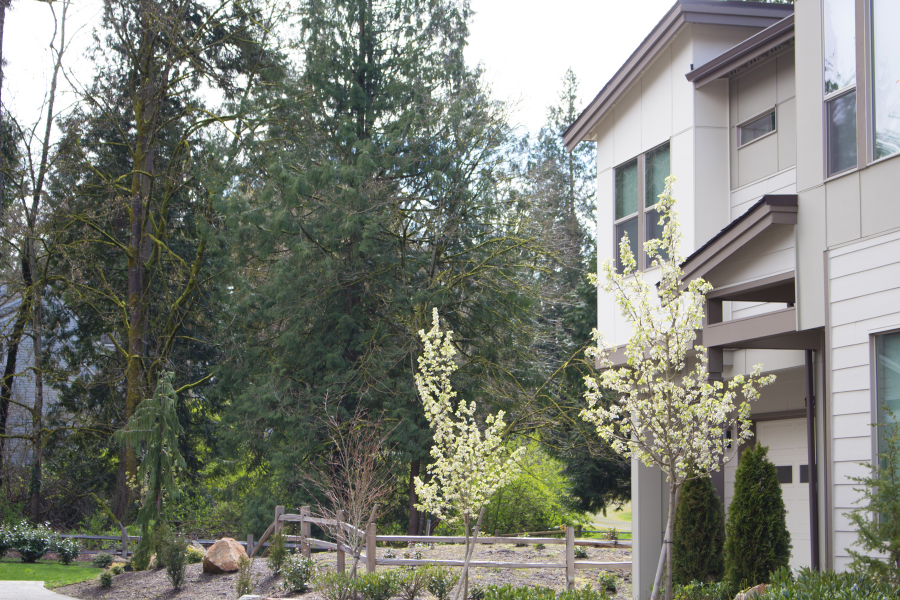
Altis Homes: A RPLA Low Impact Residential Development
This is an LID—low impact development— which saves valuable environmental lands and promotes compact development of the houses. This is the result of the site being developed to protect the existing stream and forested wetland in perpetuity. Conner Homes advertised the Altis Development as having the following features: a "cul-de-sac"; a "dead end"; a "territorial view"; and low HOA fees. The HOA fees are low as the dedicated open space is not to be disturbed so the remaining lawns require minimum attention.
Why doesn’t the development include the stream and forested wetlands?
The development does include—and will always include—the stream and forested wetlands even though each house’s backyard is fenced off from them. The owners have access to the open property and it is private property—not a public park. So, the development does include the forest and wetlands even though the backyards are fenced off from it.
Why are the houses so close together?
Altis is a compact development where the lots are clustered and the forest and wetlands are kept open for perpetuity. Kirkland encouraged this urban neighborhood as the developer restored the wetlands by removing invasive plants and installing native growth species which improved the stream restoration for salmon habitat.
Why are the properties so small compared to how large the house is?
The individual lots are small, but the majority of the overall property includes the protected shared stream and forested wetlands. Each homeowner shares the protected shared stream and forested wetlands. At the time of development Kirkland had a regulation, that John helped to draft, providing for a reduction to the buffer width and an increase in housing density if certain criteria were met. One such requirement was the provision of Low Impact Development (LID) measures addressing a native growth landscape plan and the capture of stormwater run-off and the ability of the land to cleanse it before discharge to the stream. This plan satisfied Kirkland’s requirements to reduce the buffer allowing for placement of 7 residential lots.
Why are parts of the property fenced off and not part of a house’s lawn?
The backyard is fenced off from the open space including the wetlands, stream, and forest due to the use of the land. A homeowner’s backyard is designed for active use and the protected environmental area for passive use. The large open space needs no mowing or maintenance, or to be used actively for sports, barbecuing, or kite flying. The native vegetation is planned to mature and there are trails for walking.